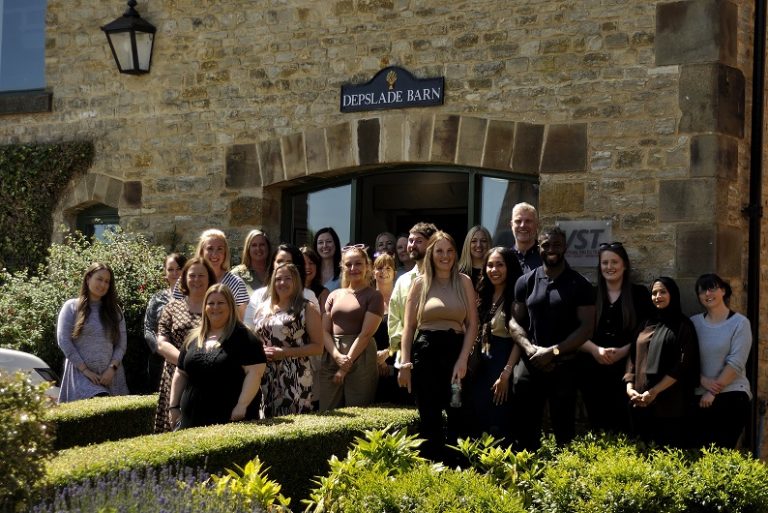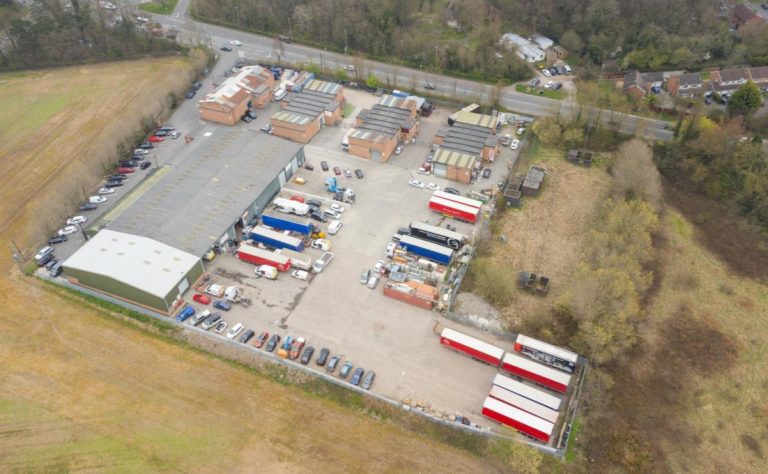Office move marks start of new chapter for sales and marketing firm
Yü Group marks fourth consecutive period of revenue growth
Revenues for the year are now expected to grow by over 50% against 2021 (£155.4m).
Bobby Kalar, group Chief Executive Officer at the Nottingham-headquartered firm, said: “The period delivered a continued strong financial performance with significant revenue growth, margin expansion and consequently much improved profitability and cash generation. H1 22 will represent our 4th consecutive period of revenue growth and margin improvement and I am confident we will continue to deliver in H2 22.
“Despite the wider macro environment and the pressures being felt in the industry our story, brand and growth remains strong. We are delivering our KPI’s in line with management expectations and we continue to derive significant strategic benefits both operationally and commercially from the investments we have made in our systems and processes.
“In H2 22 we will launch Yü Smart, our smart metering business, and expect to be installing our first smart meters in Q4 this year. This capability will represent a significant strategic milestone in the expansion of the group.
“I am delighted by our performance in H1 and am confident this momentum will continue into H2 and beyond. The Board remains as excited as ever about the future of the group. I would like to thank all of my team who continue to deliver on our medium term goal of £500m of revenues with an adjusted EBITDA margin in excess of 4%.”
Gain exposure at the East Midlands Bricks Awards 2022: submit your nominations by 19 August!
- Most active estate agent
- Commercial development of the year
- Responsible business of the year
- Residential development of the year
- Developer of the year
- Deal of the year
- Architects of the year
- Excellence in design
- Sustainable development of the year
- Contractor of the year
- Overall winner (this award cannot be entered, the winner will be selected from those nominated)
Book your tickets now
Tickets can now be booked for the awards event – click here to secure yours. The special awards evening and networking event will be held on 15 September 2022 in the Derek Randall Suite at the Trent Bridge County Cricket Club from 4:30pm – 7:30pm. Connect with local decision makers over canapés and complimentary drinks while applauding the outstanding companies and projects in our region. The event will also welcome John Forkin MBE DL, Managing Director at award-winning investment promotion agency Marketing Derby, as keynote speaker, as well as award-winning mind reader, magician, and professional mentalist Looch, who will bewilder and astonish guests during the evening’s networking. Dress code is standard business attire.











To be held at:

Grant Thornton appoints tax risk specialist
Engineering consultancy expands senior management team during period of growth
The East Midlands Expo: a great day of networking
For more information on exhibiting at the event click here.
To register to attend the event for free click here.
To secure tickets for the networking lunch click here.
From property agents to developers, architects, contractors, investors, PR firms, and more, see the list of current exhibitors here.Multi let industrial investment sold in Nottingham
Small firms call for action as insurance premiums rise and coverage shrinks, new report finds
- The Government should work together with insurers and the Financial Conduct Authority (FCA) as the regulator to agree specific conditions for forms of Government support that should not be taken into account when calculating business interruption insurance claims.
- The Financial Conduct Authority should be explicitly required to consider intervening in a market if it becomes clear that there is a segment/sector of businesses that are unable to obtain insurance.
- The Government should convene discussion with relevant sector-specific regulators and professional associations, to ensure that PII requirements that are imposed as a condition of being able to practise are assessed so they do not disadvantage small businesses. The FCA should carry out a market study of PII, given recent price increases and market hardening.
- The Government should use the Procurement Bill to remove barriers for SMEs in accessing public procurement opportunities. This should include commitments not to impose unlimited liability for public contracts, to share risk reasonably, and to ensure that both PII and public liability insurance requirements in public contracts are proportionate to the size of the contract.
Joules “making good progress to improve profitability”
As the nomination deadline draws nearer, showcase exceptional developments and businesses at the East Midlands Bricks Awards 2022
- Most active estate agent
- Commercial development of the year
- Responsible business of the year
- Residential development of the year
- Developer of the year
- Deal of the year
- Architects of the year
- Excellence in design
- Sustainable development of the year
- Contractor of the year
- Overall winner (this award cannot be entered, the winner will be selected from those nominated)
Book your tickets now
Tickets can now be booked for the awards event – click here to secure yours. The special awards evening and networking event will be held on 15 September 2022 in the Derek Randall Suite at the Trent Bridge County Cricket Club from 4:30pm – 7:30pm. Connect with local decision makers over canapés and complimentary drinks while applauding the outstanding companies and projects in our region. The event will also welcome John Forkin MBE DL, Managing Director at award-winning investment promotion agency Marketing Derby, as keynote speaker. Dress code is standard business attire.











To be held at:













